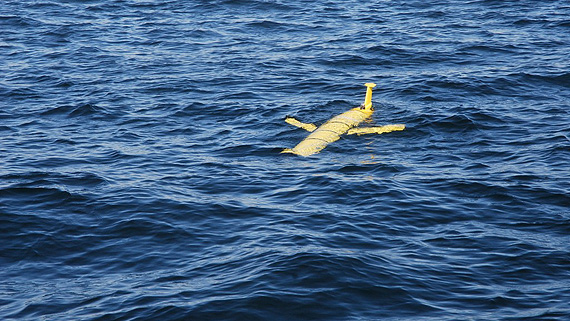Press release 15.7.2015
The Finnish Meteorological Institute to use new marine research technology
The Finnish Meteorological Institute FMI has ordered an underwater glider equipped with sensors collecting multidisciplinary data for marine research. The glider will help the FMI to diversify its marine data collection methods. The glider is the first of its kind in Finland, and it opens up new possibilities in, for example, assessing the future of the Baltic Sea more precisely.
